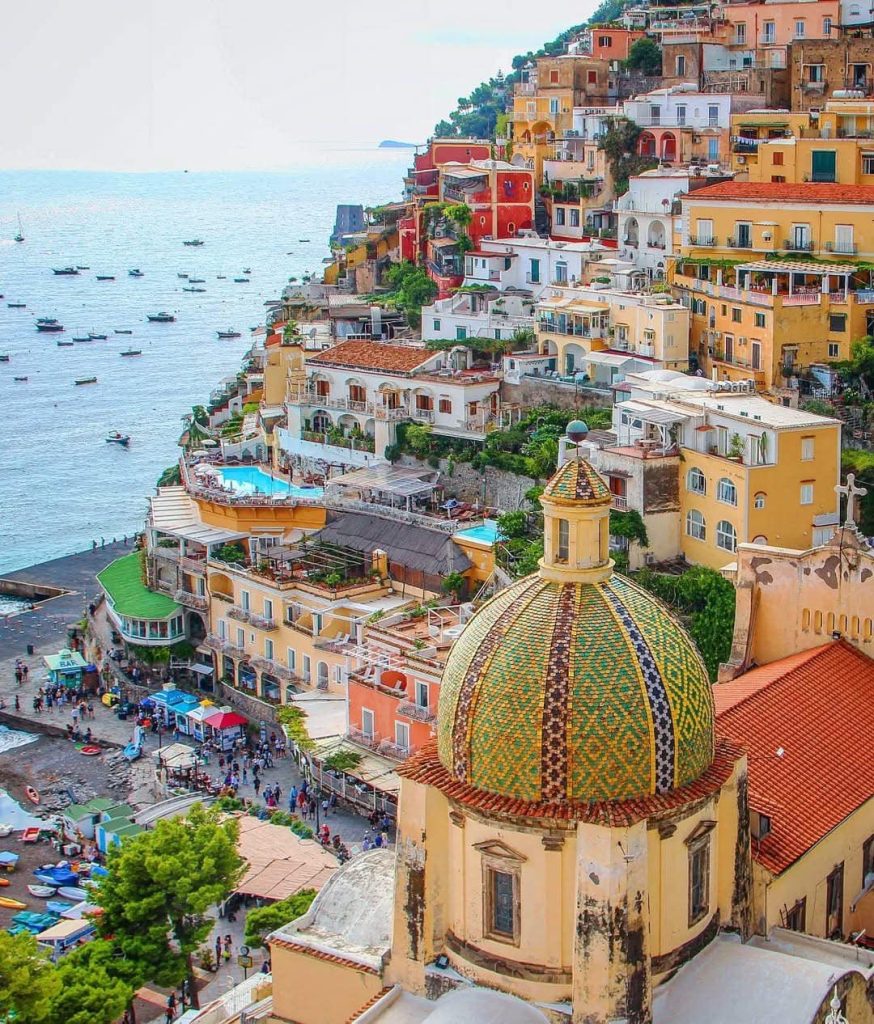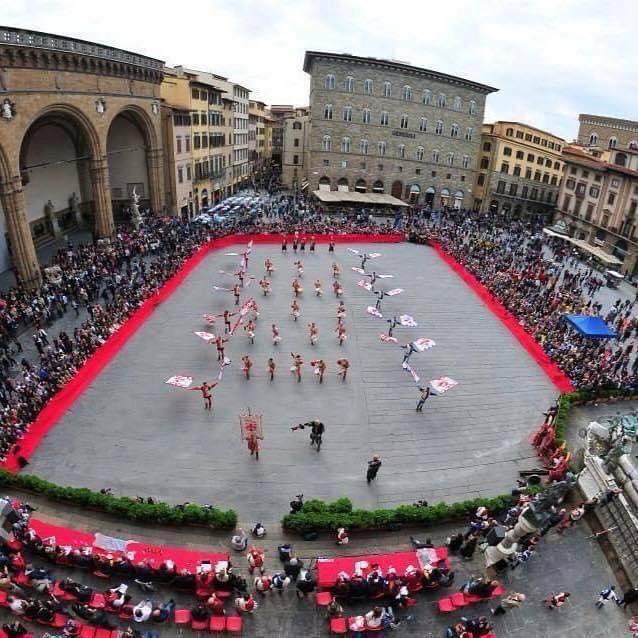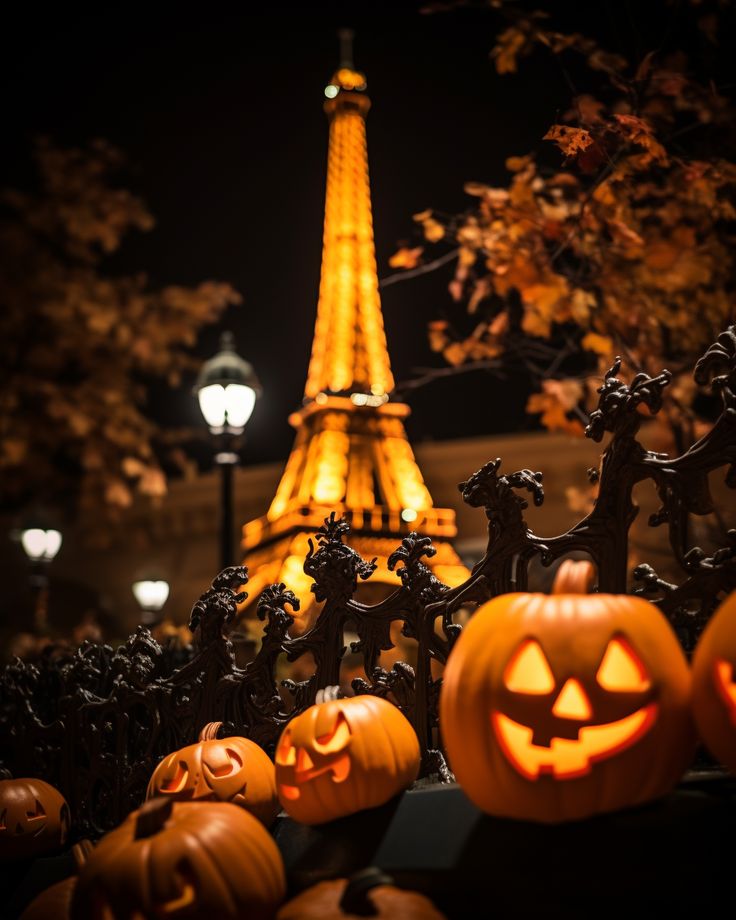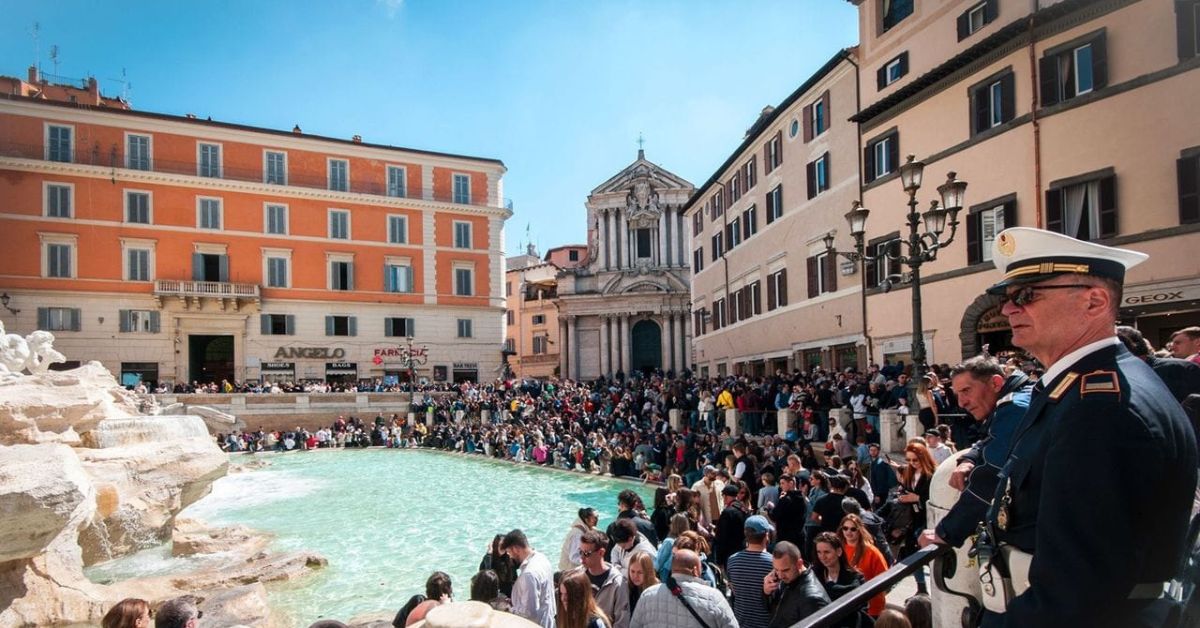Europe is one of the most visited destinations in the world, drawing millions of travelers each year with its rich history, stunning landscapes, and vibrant cultures. From the romantic streets of Paris to the sun-soaked beaches of Greece, there is truly something for everyone. However, not all travel experiences are created equal, and choosing the wrong time to visit can turn a dream vacation into a stressful and exhausting ordeal.
Many of the most famous cities—such as Rome, Barcelona, and Amsterdam—become overwhelmed with tourists during peak seasons, leading to long lines, inflated prices, and a loss of the authentic charm that makes them so special. Meanwhile, unexpected factors like national holidays, seasonal closures, and unpredictable weather can disrupt your itinerary if you’re not prepared.
Fortunately, with some strategic planning, you can avoid the worst crowds and experience Europe in a more relaxed, enjoyable way. This guide will explore the times of year when you might want to steer clear of Europe’s hotspots, the reasons why certain periods are particularly challenging, and—most importantly—how you can work around them to have the best possible trip. Whether you’re a first-time traveler or a seasoned globetrotter, understanding the worst times to visit Europe will help you make the most of your adventure.
1. Peak Summer: Mid-June to Late August

Why to Avoid It:
- Overcrowding in major cities (Paris, Rome, Barcelona, Amsterdam, London, etc.)
- Sky-high accommodation and flight prices
- Intense summer heat, especially in Southern Europe
- Long lines at attractions
- Overbooked trains and flights
- Over-tourism negatively impacting local culture
How to Avoid the Crowds:
- If you must visit in summer, choose early June or late August when crowds start to thin.
- Explore off-the-beaten-path destinations like Slovenia, the Balkans, or Northern Scandinavia.
- Prioritize early morning or late evening visits to tourist hotspots.
- Opt for smaller towns or countryside areas instead of major cities.
- Book accommodation and attractions well in advance.
- Consider visiting coastal regions outside the peak weeks.
2. Christmas and New Year’s: Mid-December to Early January

Why to Avoid It:
- Overcrowded Christmas markets in Germany, Austria, and France
- Price spikes for hotels and airfare
- Limited availability for train and restaurant reservations
- Shorter daylight hours, reducing sightseeing time
- Popular ski resorts can be fully booked and extremely expensive
How to Avoid the Crowds:
- Visit Christmas markets in smaller cities rather than in major hubs like Vienna or Prague.
- Travel in early December, before the peak holiday rush.
- Consider less traditional winter destinations like the Canary Islands or Malta.
- Stay in a less touristy area and use public transport to explore major sites.
- Opt for less popular ski destinations in Eastern Europe.
3. Easter Week (Holy Week): Late March to Early April

Why to Avoid It:
- Major religious celebrations bring immense crowds, especially in Italy and Spain.
- Flights and hotels are fully booked, particularly in Rome and Seville.
- Attraction closures on Easter Sunday and limited hours on Good Friday.
- School holidays lead to an influx of European tourists.
- Public transportation can be crowded and difficult to navigate.
How to Avoid the Crowds:
- Visit non-religious destinations like the Netherlands, Scandinavia, or the Balkans.
- Travel the week before or after Easter to miss the peak days.
- If in a major city, book accommodations well in advance.
- Research local Easter traditions to understand potential disruptions.
- Plan for alternative activities in case of closures.
4. August: The European Vacation Exodus

Why to Avoid It:
- Many Europeans go on vacation, meaning local businesses, restaurants, and shops shut down, especially in France and Italy.
- Beach destinations like the French Riviera and Amalfi Coast are packed.
- Prices surge for coastal accommodations.
- Heat waves in Southern Europe can make sightseeing uncomfortable.
- Public services may be reduced in some areas.
How to Avoid the Crowds:
- Choose Northern destinations like Scotland, Norway, or the Baltics.
- Visit major cities where many locals leave, making them slightly less crowded.
- Go for mountain retreats in the Alps instead of the Mediterranean coast.
- Plan your itinerary around air-conditioned indoor attractions during peak heat hours.
- Research local festivals and plan around them.
5. May 1st (Labor Day) & Other Public Holidays

Why to Avoid It:
- May 1st is a major public holiday in Europe, with protests, closures, and transportation disruptions.
- Other public holidays (Bastille Day, Ferragosto, Oktoberfest) bring massive local and international crowds.
- Popular attractions may close or have shorter hours.
- Accommodation and transport prices spike during major national holidays.
- Expect public demonstrations in some countries.
How to Avoid the Crowds:
- Research each country’s public holidays before planning your trip.
- Avoid visiting major cities on national celebration days.
- Book restaurants and attractions in advance if traveling during these periods.
- Opt for quieter destinations away from large cities.
- Stay flexible in your plans in case of transport disruptions.
6. Spring Break: Late March to Mid-April

Why to Avoid It:
- American and European students flood popular destinations.
- Overcrowding in coastal cities like Barcelona, Lisbon, and Dubrovnik.
- Increased demand for flights and hotels.
- Nightlife hubs experience a surge in rowdy tourists.
How to Avoid the Crowds:
- Choose cultural destinations over party hotspots.
- Travel in early March or late April to avoid peak weeks.
- Opt for rural getaways or smaller European towns.
- Stay in boutique hotels rather than hostels or large chain hotels.
7. Late October – Early November: School Holidays & Halloween Rush

Why to Avoid It:
- School breaks in the UK and parts of Europe lead to domestic travel surges.
- Halloween events in major cities (London, Paris, Edinburgh) attract large crowds.
- Fall is still a great time to visit, but these weeks see price increases and busier streets.
- Rain and unpredictable weather can affect outdoor plans.
How to Avoid the Crowds:
- Visit after mid-November when crowds drop significantly.
- Explore underrated autumn destinations like Transylvania, the Lake District, or the Dolomites.
- If traveling during this time, book accommodations in advance.
- Take advantage of off-season deals in November.
Alternative Travel Windows for a Better Experience
1. Shoulder Seasons (April-May & September-October)
- Fewer tourists, lower prices, and mild weather.
- Great for visiting cultural and historical landmarks.
- Best time for outdoor activities like hiking and wine tasting.
- More availability for accommodations and guided tours.
2. Late Winter (January-February, Except Ski Resorts)
- Cheapest flights and accommodations.
- No crowds in major cities.
- Ideal for experiencing authentic local life.
- Great for indoor attractions like museums and galleries.
3. Early December (Pre-Holiday Season)
- Christmas markets without peak crowds.
- Better hotel deals before mid-December.
- Less congestion in major cities.
- Cozy atmosphere without the travel chaos.
Final Tips for Avoiding Crowds
- Travel mid-week: Avoid Friday-Sunday arrivals.
- Start your day early: Sightseeing at 8 AM beats the rush.
- Pre-book major attractions: Skip-the-line tickets save hours.
- Stay outside the city center: Use public transport for a quieter stay.
- Explore lesser-known regions: Instead of Santorini, try Naxos; instead of Paris, explore Lyon.
- Plan flexible itineraries: Adapt to local conditions for the best experience.
Conclusion
Timing is everything when it comes to European travel. While summer and holidays may seem appealing, they often come with big crowds and hefty price tags. By opting for the shoulder seasons or planning around local holidays, you can enjoy a more relaxed and rewarding European adventure.

